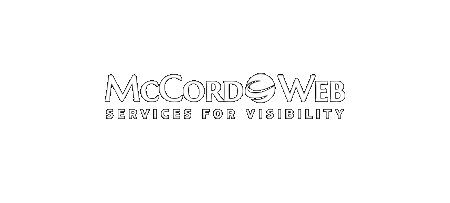Part III of III Why Is This So Important? All of the information in this newsletter is important because the business that is driving these changes is Google. As Google owns 65% of the online search market, to be positioned well on Google means taking full advantage of what Google…
-
-
How Can You Get Your Website to Place on Google in the Post Panda and Penguin Era Part II
Continued from Monday Part II of III. You can read the full article and interview that was done with Matt Cutts on SiteProNews. It is worth a careful read. The article’s author goes on to state that he likes mentioning a specific phrase only two times on a page and…
-
How Can You Get Your Website to Place on Google in the Post Panda and Penguin Era
Part I of III This article is a special issue to address the topic of organic placement in the new world of Google. I’ll try to put it in simple terms what you can and should do to garner unpaid search placement. The world of Search Engine Optimization (SEO) as we…
-
Google AdWords Introduces Shared Budgets for Campaigns
Just this past week Google announced a very big change in how they do budgets for your AdWords account. Introducing Shared Budgets for Google AdWords campaigns. You can read the full release on the Google blog. Although this sounds great, I have already had experience with Shared Budgets already last…



